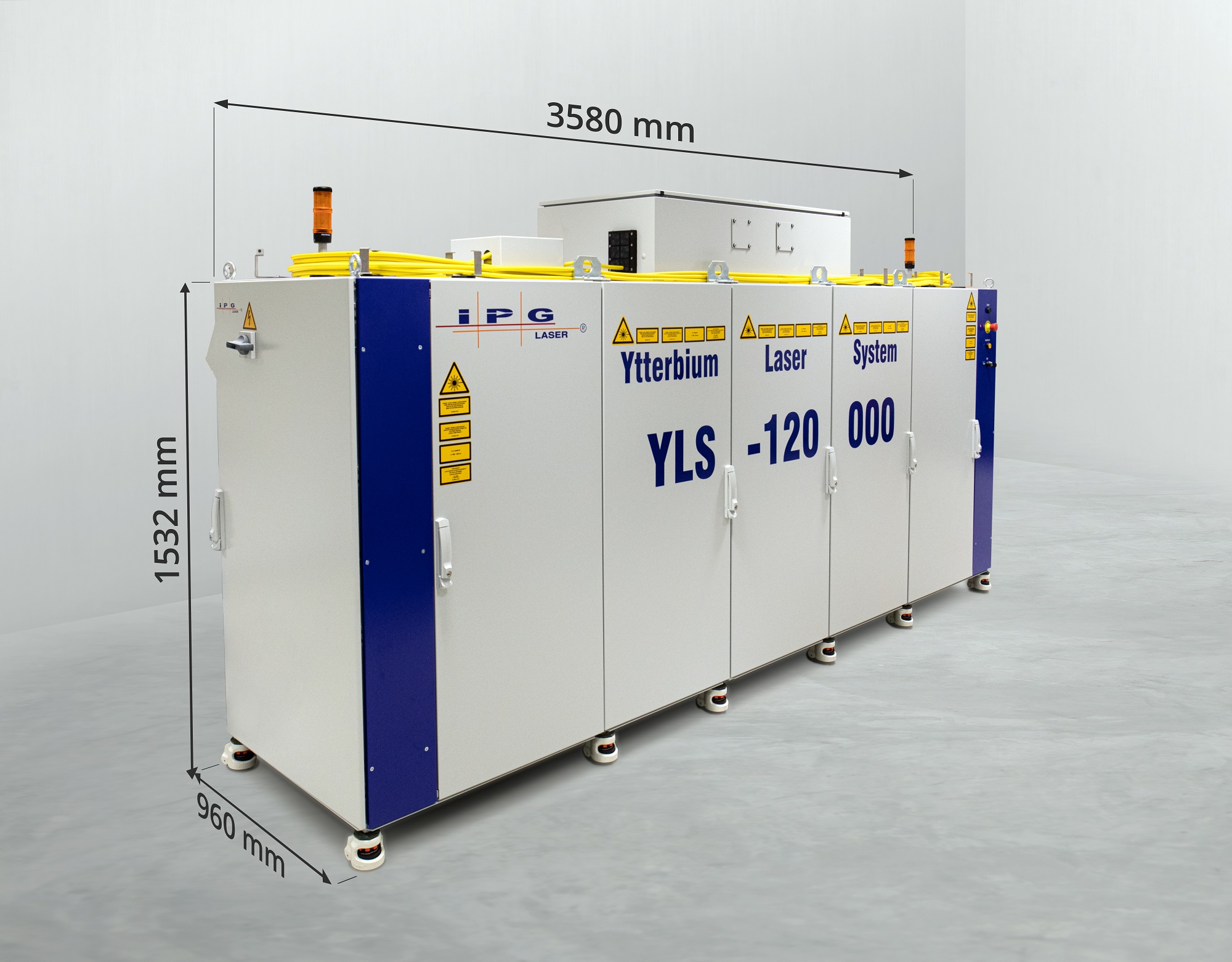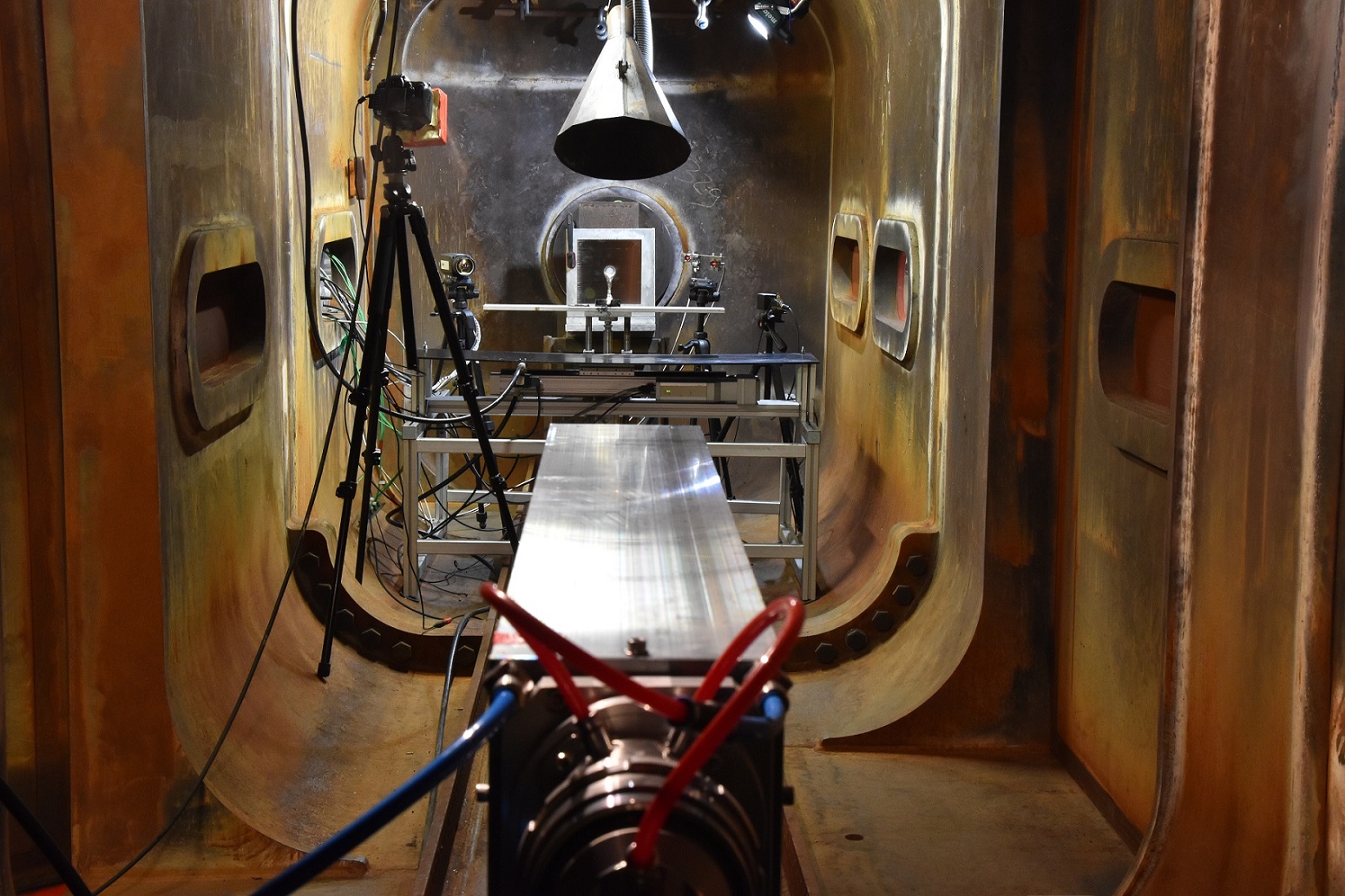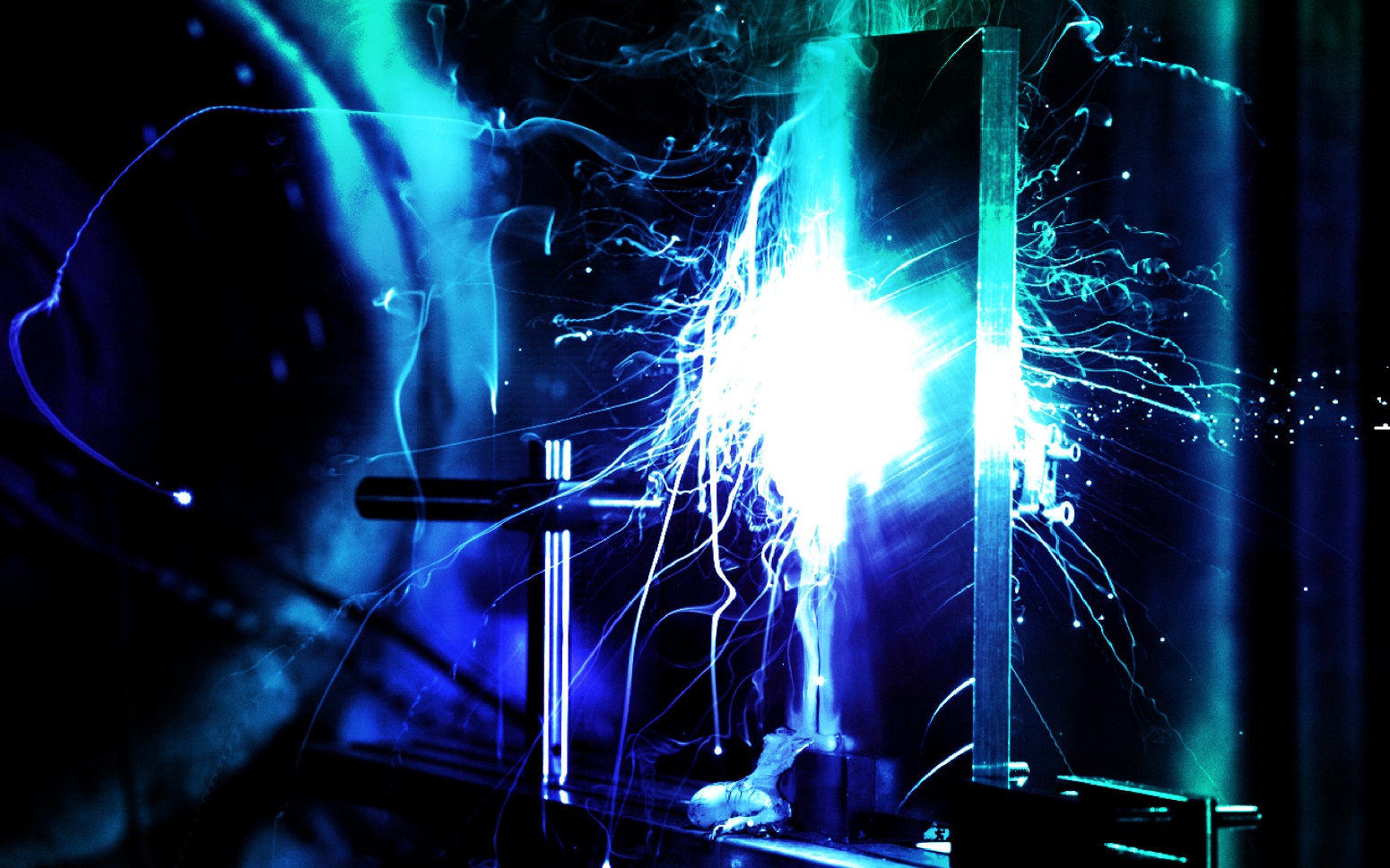Scaling effects of high-energetic laser radiation

Fraunhofer EMI has upgraded its special laboratory for investigations of the effects of intense laser radiation with an extremely powerful high-energy laser. According to the manufacturer, this laser is currently the worldwide most powerful industrial laser for continuous-wave operation on the basis of fiberlaser technology. Thus, in the future, considerably extended experimental capabilities will be available to investigate the effects of high-intensity laser radiation and scaling effects at short distance in the laboratory. Basic research can now be extended up to a power of 120 kilowatts.
The output power of the new laser was specified according to the assessment of experts, who expect the introduction of laser weapons with a power of well over 100 kilowatts from the middle of this decade. EMI has thus created the basis for supporting the German Armed Forces with scientific analyses of laser effects and for carrying out investigations regarding the protection of soldiers in conjunction with the application of high-energy laser weapons. Exemplarily, the new laboratory offers the capability to test the laser resistance of materials for future defense systems. The robustness against laser irradiation can now be investigated and evaluated over an extremely wide power range.

